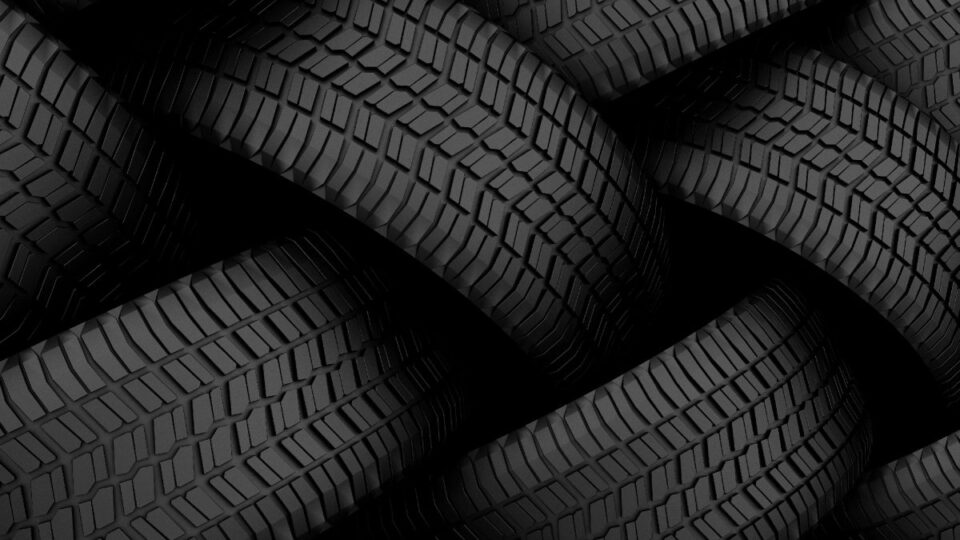By Frank Kamuntu
Have you been wondering why all tyres are black? Easy, below is all you didn’t know;
1. Functional Considerations.

The primary function of tires is to provide traction, stability, and durability on various road surfaces. Carbon black is added to the rubber compound during tire manufacturing to enhance these properties. It improves the tire’s resistance to wear, abrasion, and heat buildup, resulting in better performance and longevity. Using colored pigments or dyes in place of carbon black could compromise the tire’s ability to meet safety and performance standards.
2. Heat Absorption.
Black color absorbs more heat from sunlight compared to lighter colors. This heat absorption helps to keep the tire’s surface temperature relatively stable, which is crucial for maintaining optimal traction and handling characteristics. Lighter-colored tires would reflect more sunlight and could potentially lead to increased heat buildup, affecting performance and tire lifespan.
3. Aesthetic Preference.
While functionality is paramount, aesthetics also play a role in tire design. Black tires are widely perceived as sleek, classic, and visually appealing. The uniform black color complements the overall appearance of most vehicles and blends seamlessly with various car designs and colors. Additionally, black tires provide a neutral backdrop that allows other design elements of the vehicle, such as the rims and body paint, to stand out.
4. Manufacturing Efficiency
Standardizing tire production with black rubber simplifies the manufacturing process and reduces costs. Carbon black is readily available and cost-effective, making it the preferred choice for tire manufacturers worldwide. Introducing different colors would require additional steps in the manufacturing process, including sourcing specialized pigments, adjusting formulations, and potentially investing in new equipment, which could increase production costs and complexity.
5. Regulatory Compliance.
Tires must meet stringent safety and quality standards set by regulatory agencies in various countries. Any changes to tire composition or design, including color, would need to undergo rigorous testing and certification to ensure compliance with these standards. Manufacturers may be reluctant to deviate from established formulas that have been proven to meet regulatory requirements.
Have An Advert Or Article You Want To Publish? WhatsApp: +256760530830.

